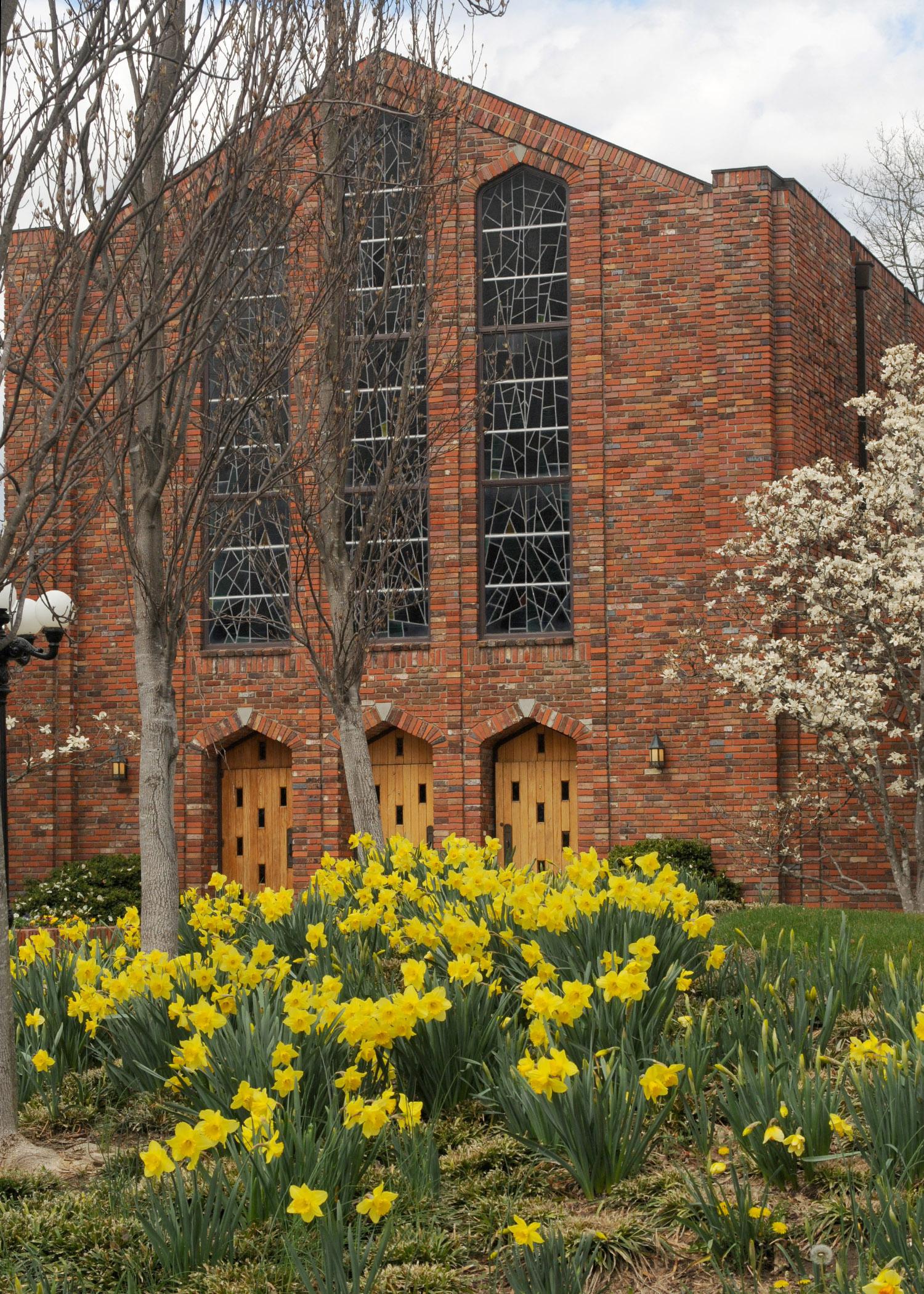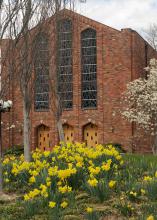Information Possibly Outdated
The information presented on this page was originally released on March 31, 2014. It may not be outdated, but please search our site for more current information. If you plan to quote or reference this information in a publication, please check with the Extension specialist or author before proceeding.
Spring-flowering daffodils are a garden staple in state
Spring is one of my favorite times in the garden because it is the transition from what seemed like a long, cold winter to colorful landscapes and gardens full of flowers in the summer.
I have always loved the spring-flowering bulbs, especially daffodils. These brightly colored flowers are a welcome sight when spring temperatures are still cool.
Daffodils are reliable in Mississippi and are not impacted by our garden environment. Have you seen the campus of Mississippi State University in Starkville come alive with daffodils every spring? One of the largest bulb suppliers calls Meridian home.
However, the downside to these wonderful, spring-flowering plants is that the foliage begins to look ratty after the flowers are spent.
Gardeners frequently ask me when they should remove leaves from daffodils and other bulb species after spring flowering. My response generally elicits a gasp of horror from the concerned homeowner when I reply, “Don’t touch those daffodil leaves.”
The foliage, no matter how ratty it looks, directly impacts flowering next year. Those leaves are gathering sunlight from the ever-lengthening days, and through the miracle of photosynthesis, converting light energy into sugars used to replenish and increase the size of the bulbs. To completely replenish the bulbs, the leaves must remain intact for at least six weeks.
Some folks cut off half the leaves or even fold them in half and hold them in place with rubber bands in attempts to have more attractive foliage. I tend to be a purist regarding daffodil foliage and advise you to leave it alone for a time.
As you stroll around your garden, gently tug on the foliage; if it readily comes loose, it’s time to remove it. What you do need to do is deadhead your daffodils, or remove the spent flower heads. This is important for maximizing the stored sugars in the bulbs and avoiding energy being wasted on seed production.
Knowing they have to leave the foliage in place for a time, many homeowners are instead asking how to hide it. A technique I find very effective is to conceal the declining daffodil foliage behind other plants.
I learned this trick during a visit to a botanical garden many years ago. Cool-season annuals like pansies or nemesia, one of my new favorite plants, can create the perfect diversion.
In north Mississippi, put these plants out once the daffodils start to first peek out of the landscape bed. In south Mississippi, you can plant these flowering annuals in the fall. Doing so provides cover and color before the daffodils flower, and then it helps hide the foliage as it begins its decline.
This method creates an ever-changing landscape as the seasons progress from fall to spring. Use golf tees to unobtrusively mark the daffodil location for planting in subsequent years.
One last word on spring-flowering bulbs: Mississippi can grow other species like tulips and hyacinth, but consider these annuals. Night temperatures in the summer are just too hot for the bulbs to regenerate the next year.









